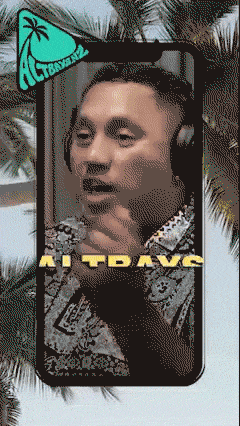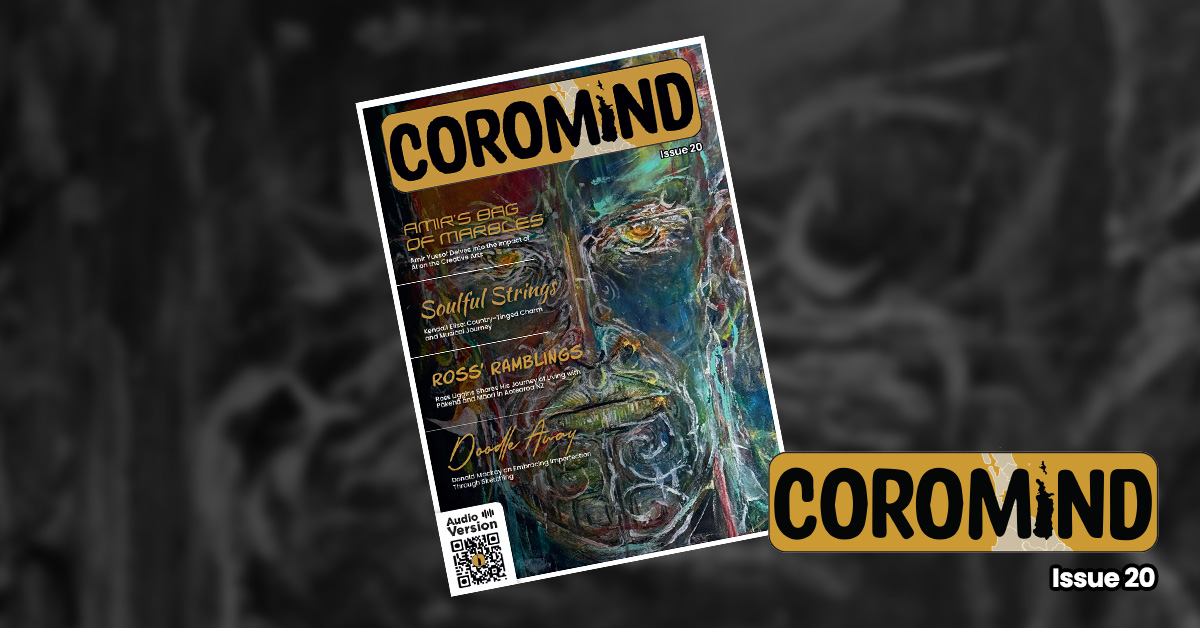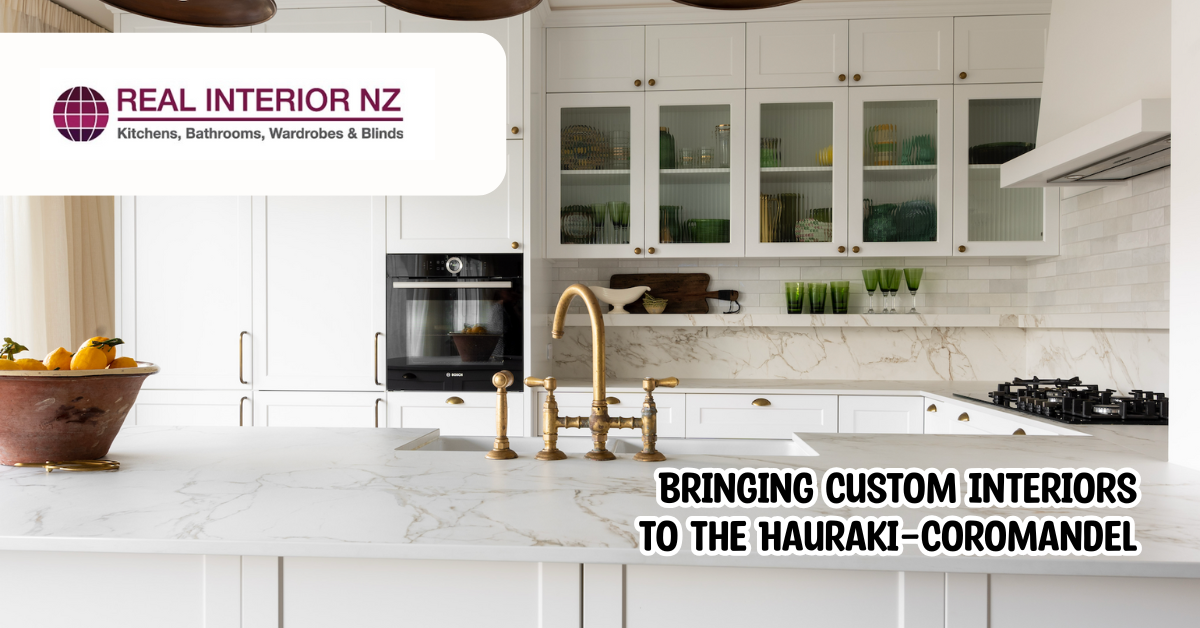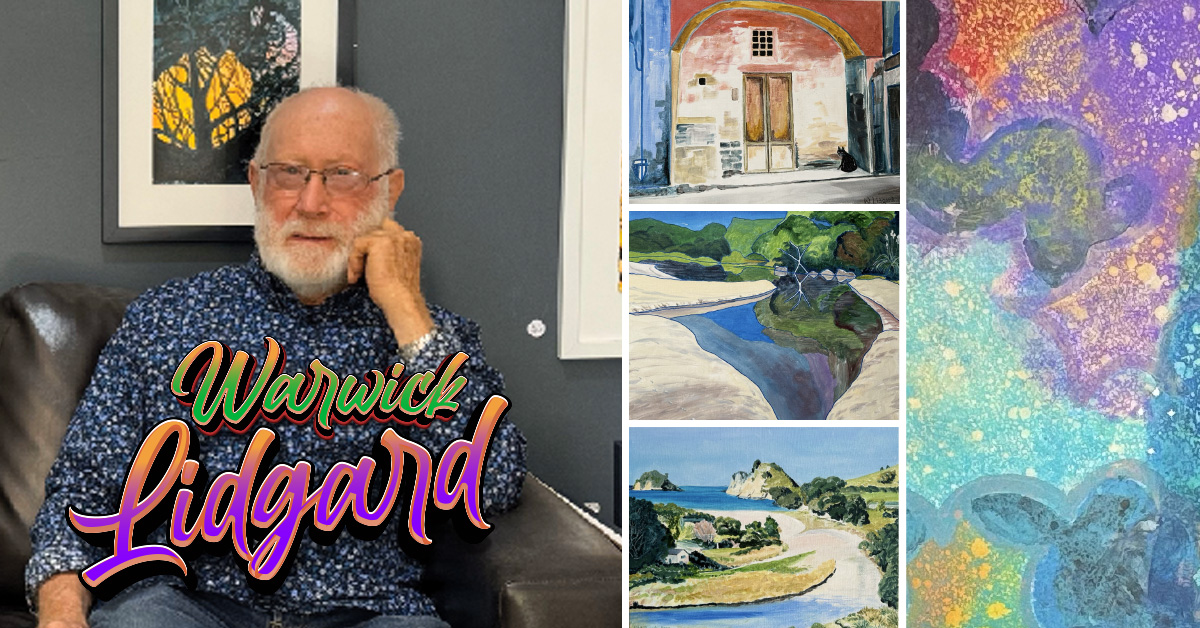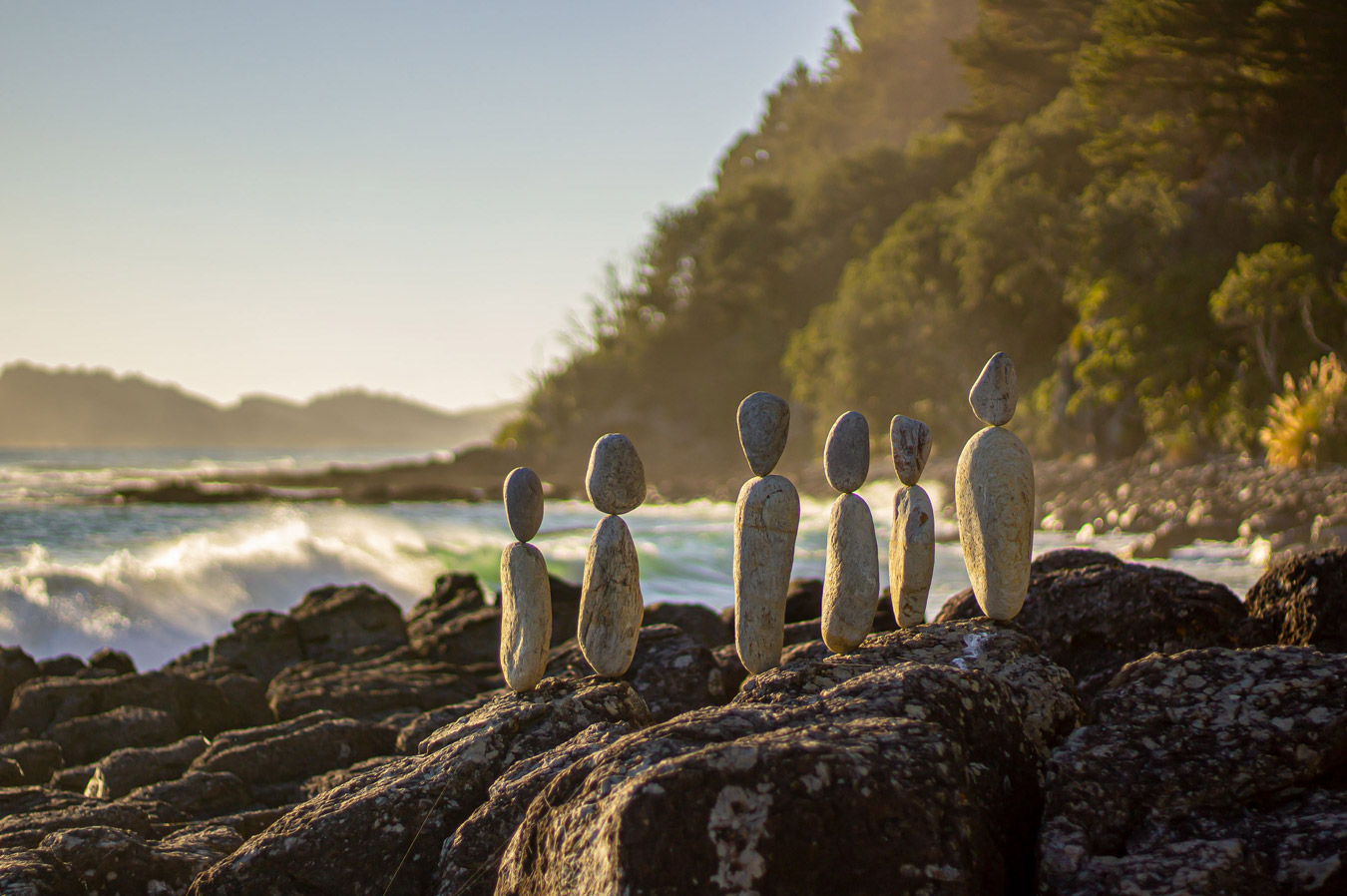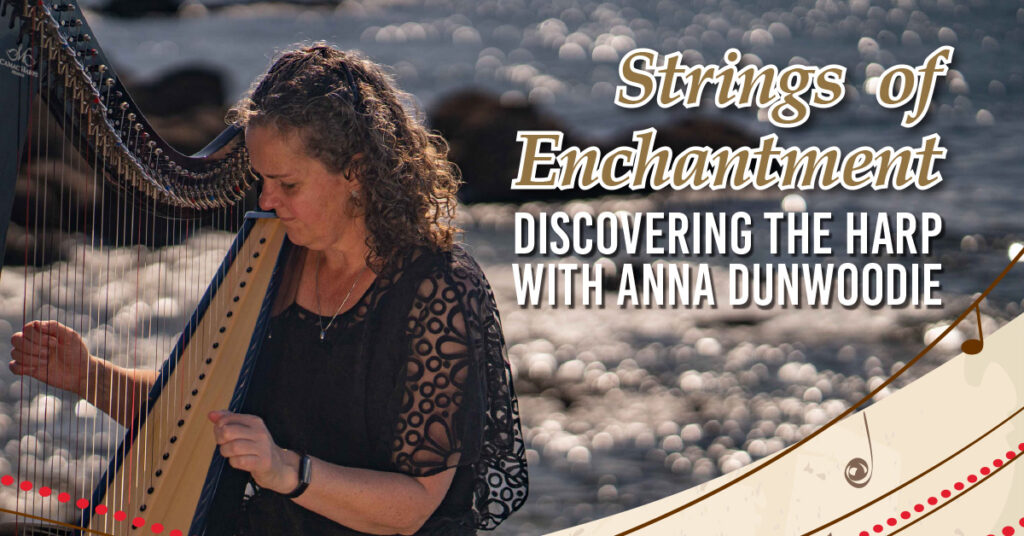
People often say to me ‘I’ve always wanted to play the harp’ … and I believe them – it’s an intriguing instrument which both enchants and bewitches the listener at the same time.
There are also a few myths to debunk.
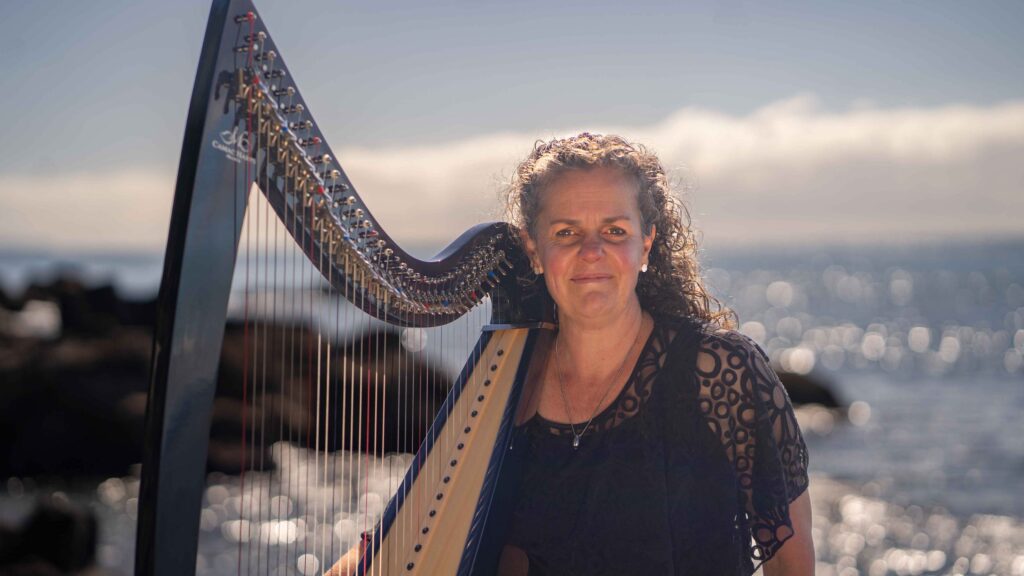
1. Angels play harps. I can neither confirm nor deny this, but here on earth, it’s just normal people. However, the harp does have a fascinating history which dates back tens of thousands of years and in every ancient culture across the globe. Harpers/harpists were both men and women and, like most musicians, they held an elevated place in society. To the extent that in early Mesopotamia, a tomb has been unearthed where a number of harp players were buried alive with their ruler, to usher him into the next life. As someone who plays the harp with our guitar-playing locally elected leader, I’d like to state that this will not, in any circumstances, be happening.
2. Harps are really expensive. Yes, some are expensive, but student harpists start on an inexpensive instrument which can be hired. When you get to a level where you wish to purchase a good quality instrument, it can be a bit of an investment, but there’s always a demand for second-hand harps if you decide to stop playing.
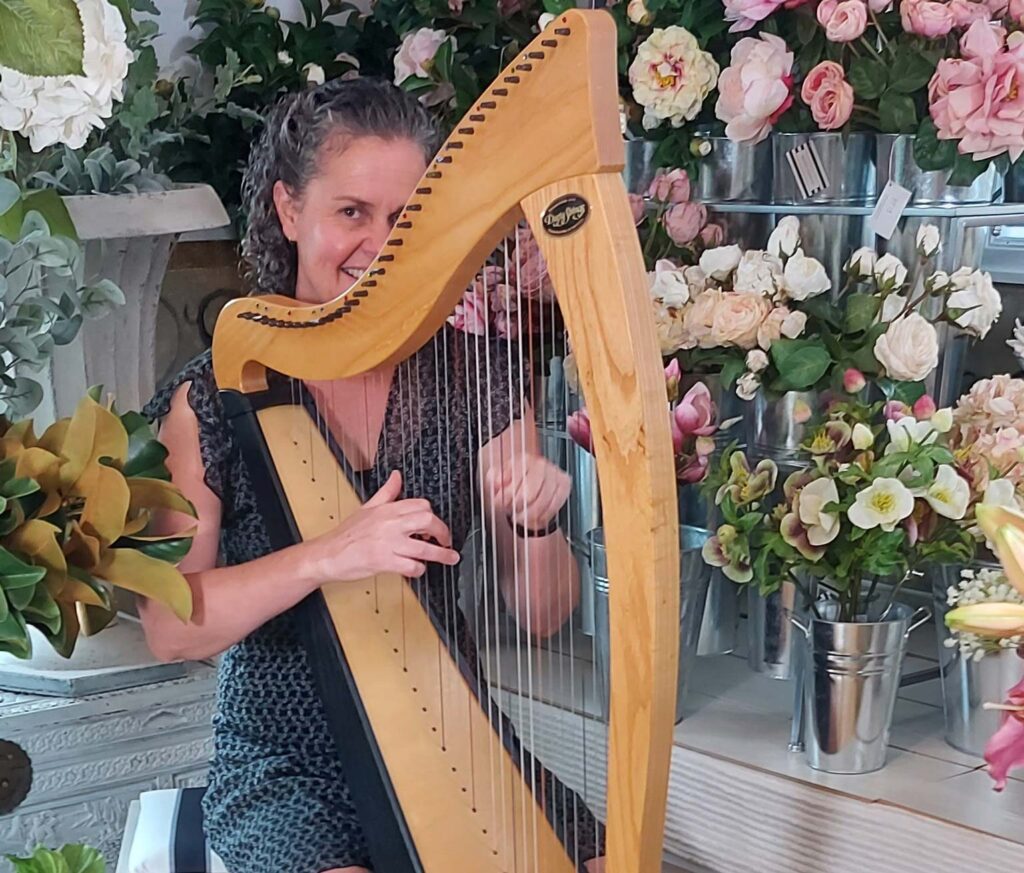
3. The harp is inaccessible – “I’ll never be able to play one … it’s too hard … I don’t live near a teacher … I don’t read music …” All these things are easily resolved.
When I was ten years old, I saw someone playing and singing with a harp at the Thames CWI (Country Women’s Institute) annual competitions, and I said to my mum, ‘That’s what I want to do!’ I was keenly musical as a child, but the nearest harp teacher at the time was in Auckland and finding a harp to hire or buy was nearly impossible. There were only a handful of harpists across the whole of New Zealand at the time, compared to 400-500 harpists now.
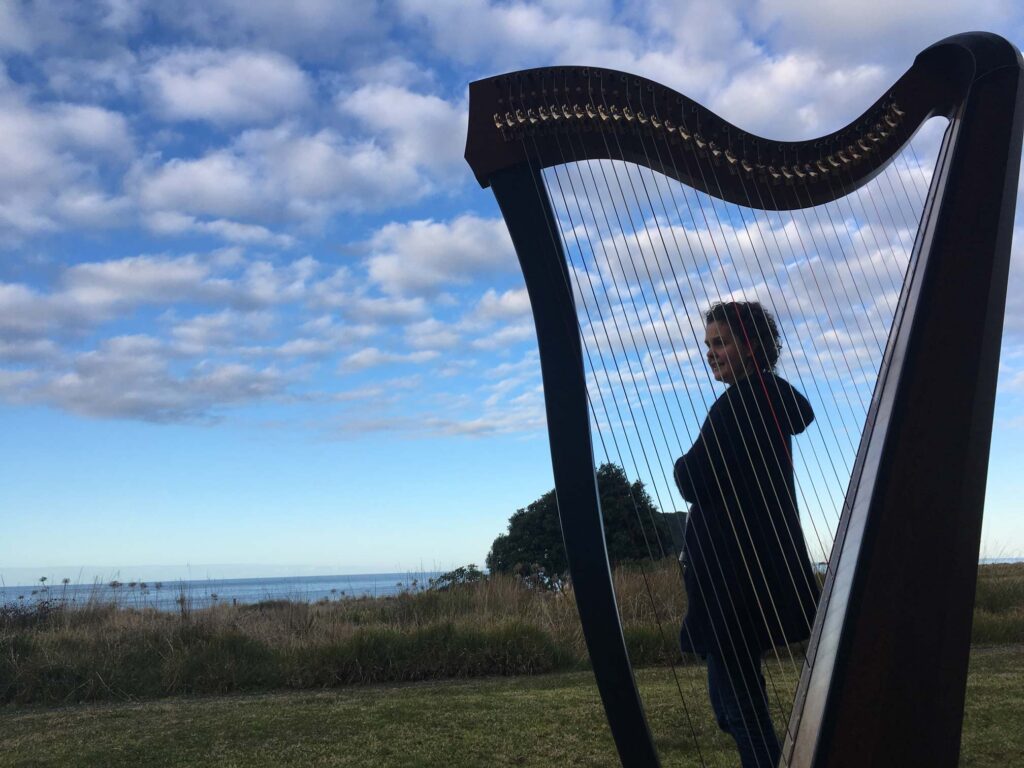
I waited five years before I could start weekly lessons in Auckland – this was before the internet and times were a little different. I was already having lessons in piano, guitar and voice, but when I started playing the harp, my understanding of music seemed to gel into this one instrument; quite quickly the piano and guitar were put aside. Two and a half years later I left Thames to study a Bachelor of Music, majoring in pedal harp, at the Auckland University School of Music.
In 2023 I moved back to Thames with 30 years’ experience of teaching people to play the harp, growing the NZ harp scene and working to gain recognition for NZ harpists internationally, with a focus on enlivening the harp music scene in the area. I believe that it is the arts which nurture not only the soul of the creative community, but the whole community. Any community without creative souls would be a sad and dangerous place.
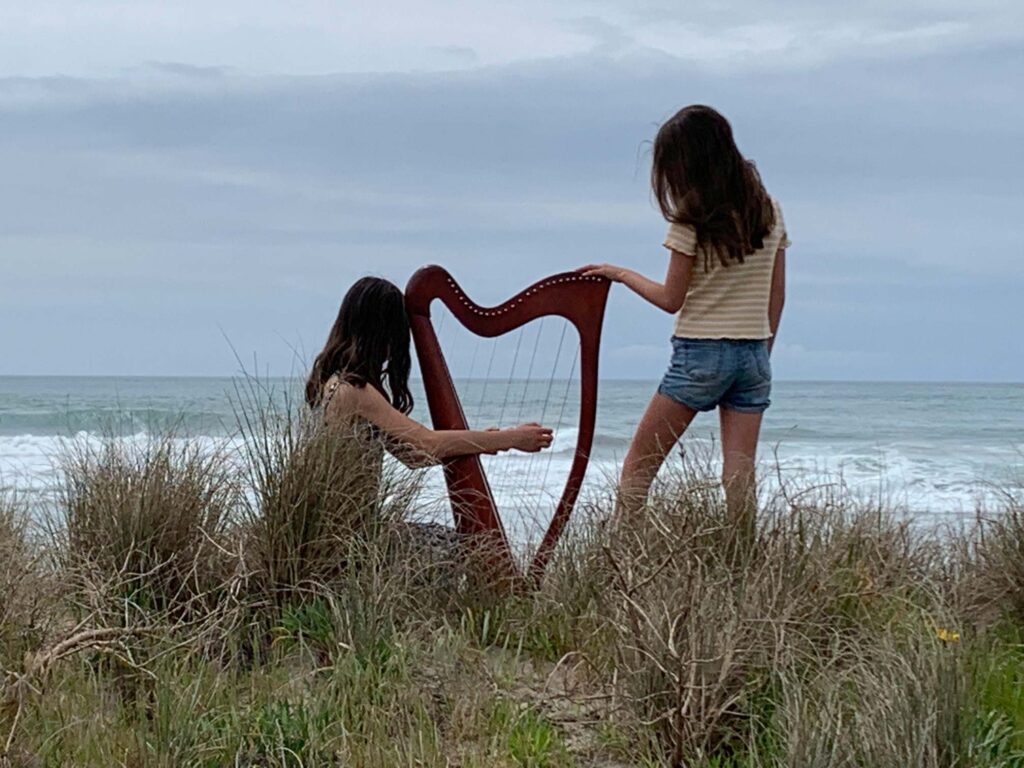
In the last six months, I’ve brought some top level international and local harpists to the Coromandel to perform concerts which have been really well attended; in fact, the sell-out crowd was blown away by the music of harper Adriano Sangineto (Italy) and how he used the harp, with many stating they had no idea that the harp could be used that way. At the grassroots level, I have taken harps to local retirement villages, a care home, preschools, primary schools, the public library and Thames High School to let people have a listen and a play of these instruments.
The response is always the same, regardless of age or ability – people are always surprised at the beautiful sound they can make on a harp despite not having any prior experience. When I take it into primary schools, it is often the most exuberant or challenging child in the class who is bewitched by the instrument and fascinated by the sounds they can create on the harp. You might think that having seven small harps in a Year 1 classroom would create a terrible noise, but it’s a gentle murmur of strings rather than a cacophony of sound.

People are often surprised by the range of sounds, the type of music and the musical effects we can get from the harp. It’s not an instrument which you can easily teach yourself. A teacher can spot a self-taught player by their hand position, and the lack of dexterity which is needed to play fast music, but it is an instrument which you can sound really great on pretty quickly. For parents who want their child to learn an instrument which always, always sounds beautiful, this is guaranteed, even with beginners on the harp. They learn to play and read music in both treble and bass clefs, with both hands. It’s easy to sing with the harp, and even though it’s primarily a solo instrument, it sounds great in ensembles and accompanying other instruments.
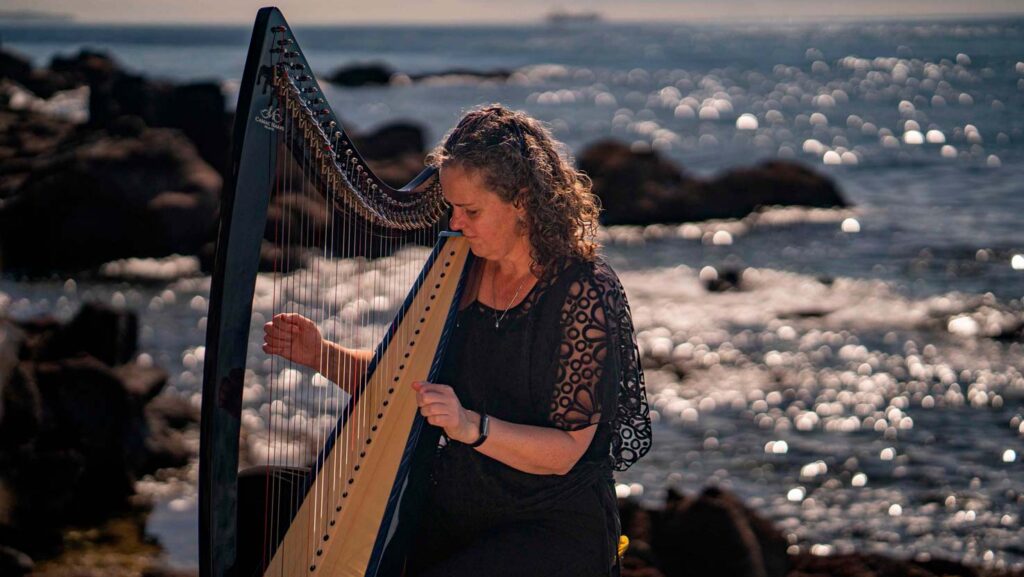

It’s not just an instrument for young learners either. Thames has a monthly adult harp circle called the Tumbleweed Harpers. Harpers travel from Te Aroha and Waihi to join Thames harpers and to learn new tunes, play old tunes to each other and share coffee and cake. The local harpers who have recently started harp lessons will soon be invited to join my mixed ability harp ensemble The Forest of Harps which is a regular online harp ensemble gathering attended by harpists all around NZ. We perform annual concerts in Auckland, and last year we included two Thames concerts in our schedule. For the advanced harpist, there is the opportunity to join the advanced harp ensemble, Gliss, who recently performed a concert for the Thames Music Group.
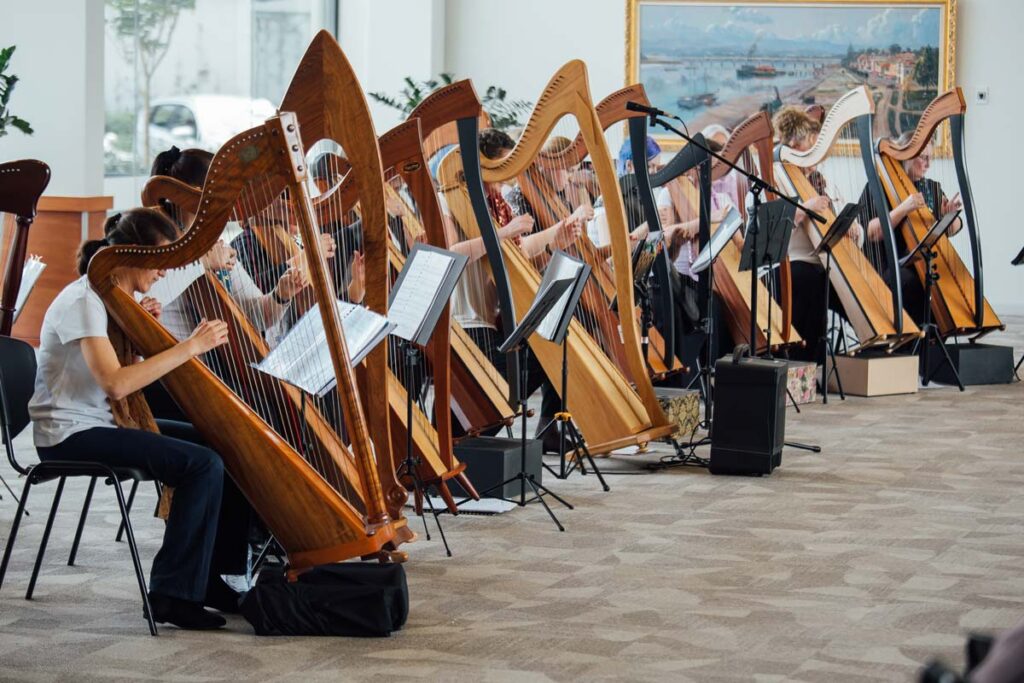
If anyone is interested in finding out more about learning to play the harp, I’m teaching from my home in Thames. I can show you a few different harps which you can try out before deciding if this is a musical path you wish to follow.
Access Anna Dunwoodie’s website and Harps Aotearoa Foundation.
Photos: Johnny Crowe
Words by Anna Dunwoodie
Brought to you by New World Whitianga


